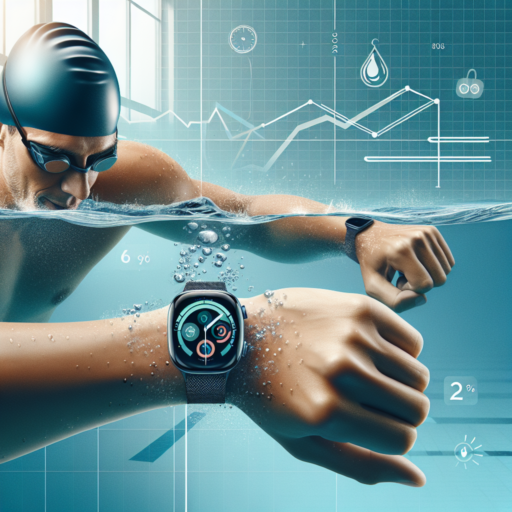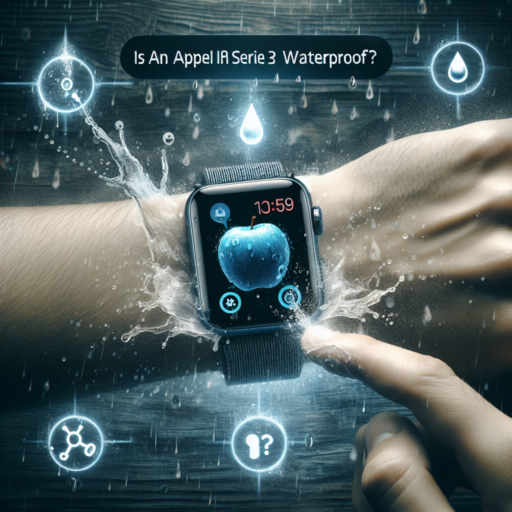How do I calibrate my Garmin steps?
Calibrating your Garmin device to accurately track your steps is crucial for monitoring your daily physical activity efficiently. The process of calibration ensures that your Garmin device learns your stride length, improving the precision of distance tracking during your walks and runs. Whether you’ve noticed a discrepancy in your step count or you’re setting up your Garmin for the first time, understanding the calibration process can enhance the accuracy of the data you rely on for your fitness goals.
Initiating the Calibration Process
To start calibrating your Garmin steps, firstly ensure that your device is fully charged and has the latest software update installed. Most Garmin devices automatically calibrate themselves after a short period of usage by analyzing your activity and making necessary adjustments. However, manual calibration might be needed if you’re noticing significant inaccuracies. This typically involves going for a walk or run of a predefined distance so that the device can measure your stride length and adjust its calculations accordingly.
Performing a Manual Calibration
If automatic calibration doesn’t meet your expectations, you can manually calibrate your steps on your Garmin device. Generally, this option is found under the «Settings» menu of your device, then navigating to the «Sensors & Accessories» option, where you’ll find the «Calibrate Distance» feature. Here, you’ll enter a walk or run distance that you know is accurate; a track or predefined route works best for this purpose. After completing your walk or run, confirm the distance on your Garmin device. This manual input allows your Garmin to adjust its internal settings to more accurately reflect your stride, resulting in a more accurate step count.
Understanding the importance of calibration and knowing how to perform it can significantly enhance the accuracy of your Garmin device’s step count. Whether automatically or manually, taking the time to calibrate your Garmin device ensures that you have reliable data to track your daily activity and progress toward your fitness goals. Continuously monitoring and recalibrating as needed can help maintain the accuracy over time, allowing you to rely on your Garmin for precise monitoring of your physical activities.
Why is my Garmin not tracking accurately?
There are several reasons why your Garmin device might not be tracking your activities accurately. Understanding these reasons can help you troubleshoot the issue and enhance the accuracy of your tracking data.
GPS Signal Issues
A common reason for inaccurate tracking could be GPS signal issues. If your Garmin device is having trouble connecting to satellites or maintaining a stable connection, your tracking data might not reflect your true activity. Buildings, dense forests, and even cloud coverage can interfere with GPS accuracy. Ensuring a clear view of the sky before starting your activity can help improve GPS connectivity.
Firmware or Software Updates
Another factor to consider is whether your device is up-to-date with the latest firmware or software updates. Outdated software can lead to performance issues, including inaccurate tracking. Regularly connecting your Garmin to your computer or using the Garmin Connect app to check for updates is essential for maintaining optimal performance and accuracy.
Calibration Needs
Lastly, incorrect calibration of your Garmin device can affect tracking accuracy. Many Garmin devices offer features for calibrating distance, speed, and even altitude. Ensuring that your device is correctly calibrated for your specific activity type can significantly improve tracking accuracy. Refer to your device’s manual for instructions on how to properly calibrate it for your needs.
No se han encontrado productos.
Why is my Garmin not syncing my steps?
Experiencing issues with your Garmin device not syncing your steps can be frustrating. This connectivity problem may stem from various factors that disrupt the seamless integration between your smartwatch and the connected app. Let’s explore some common reasons and potential solutions to ensure your Garmin tracks and updates your activity accurately.
Connection and Software Issues
One of the primary culprits could be a weak or unstable connection between your Garmin device and the smartphone app. Ensure both devices are within close proximity to facilitate a strong Bluetooth connection. Additionally, outdated software on either your Garmin device or companion app can lead to syncing problems. Checking for and installing any available updates is a crucial step towards resolving this issue.
App Permissions and Data Clutter
Another factor to consider is the set of permissions granted to the Garmin Connect app. Insufficient permissions can prevent the app from accessing and recording your step count effectively. Navigate to your smartphone’s app settings to confirm that Garmin Connect has the necessary accesses, such as location and physical activity permissions. Moreover, a cluttered cache or data overload in your app can also hinder syncing. Regularly clearing the cache and data can restore functionality and improve the sync process.
Understanding the root cause behind your Garmin not syncing steps is key to troubleshooting and rectifying the issue. By addressing connection stability, software updates, and app permissions, you can enhance the performance of your Garmin device and ensure your step count is accurately reflected in your health metrics.
How do I make my Garmin more accurate?
Making your Garmin device more accurate hinges on understanding the intricacies of GPS technology and how your specific activities might influence the data captured. Garmin devices are celebrated for their precision in tracking, yet several steps can enhance this further, ensuring your readings better reflect your true performance and location. A combination of settings adjustments, regular updates, and optimal usage practices can notably amplify accuracy.
Ensure Your Device is Up to Date
One of the simplest yet most effective ways to improve your Garmin’s accuracy is by regularly updating its firmware and satellite data. Garmin frequently releases software updates designed to refine GPS functionality and fix known issues. To check for updates, connect your device to the Garmin Express application on your computer or use the Garmin Connect app. Keeping your device’s software current helps in optimizing its capability to secure a precise GPS lock.
Optimize Satellite Reception
To enhance your Garmin’s GPS accuracy, maintain clear skies view whenever possible. GPS satellites send signals to Earth, and for your Garmin to accurately pinpoint your location, it must receive these signals unobstructed. Tall buildings, dense forests, and even heavy cloud cover can interfere. Before starting your activity, wait for your device to acquire a strong GPS signal. This might mean being still for a few minutes outside in an open area. Additionally, regularly syncing your device can help it download and utilize the latest satellite data, further improving location accuracy.




